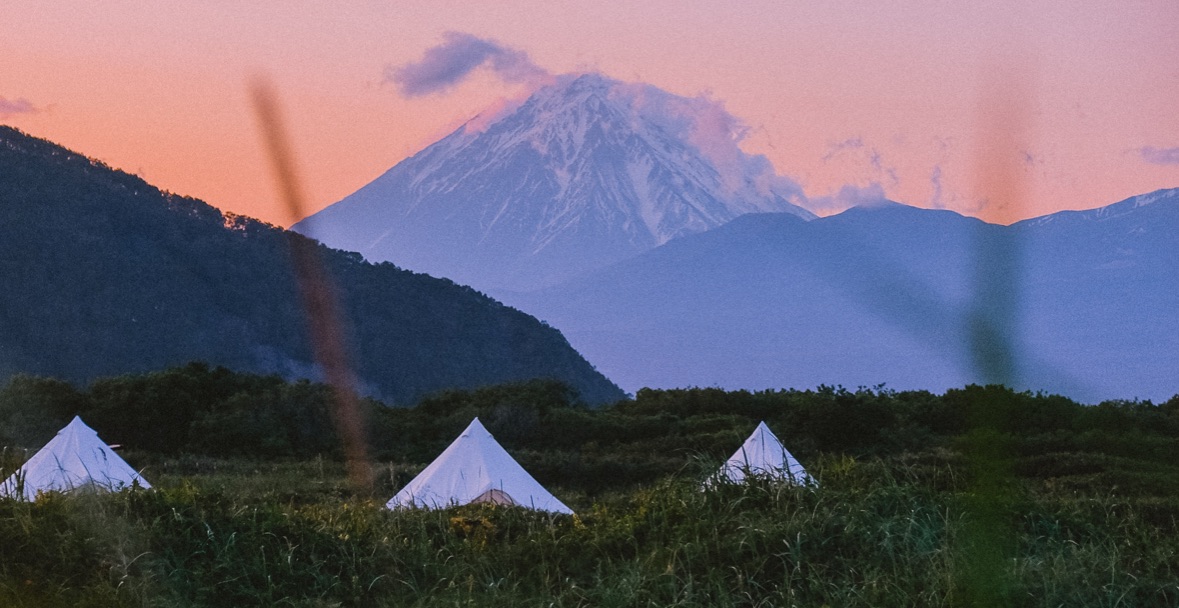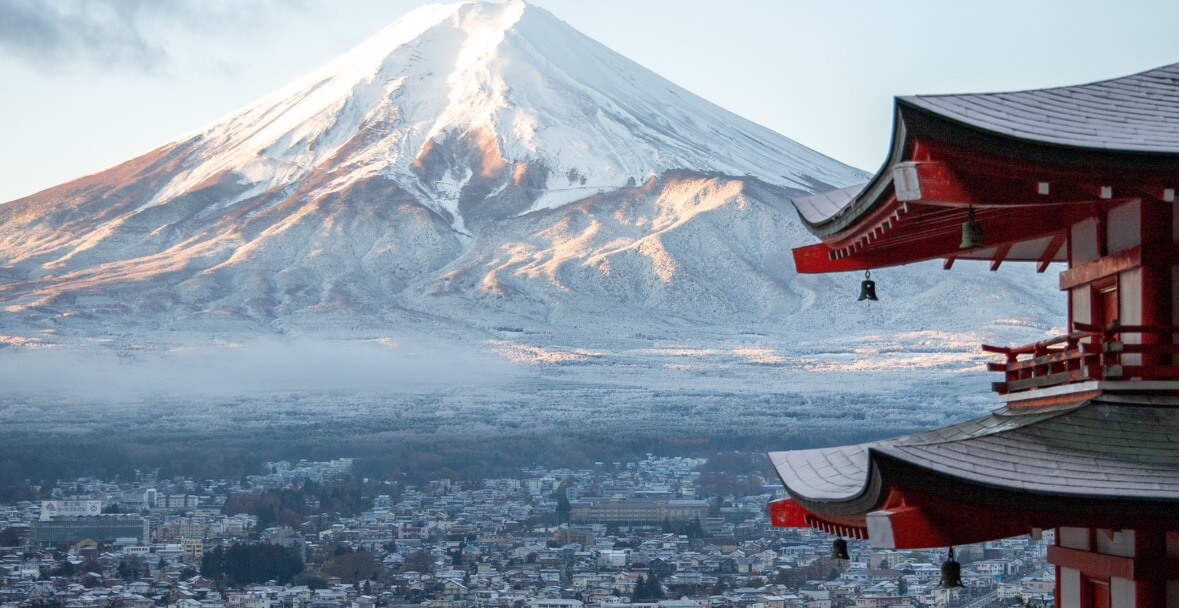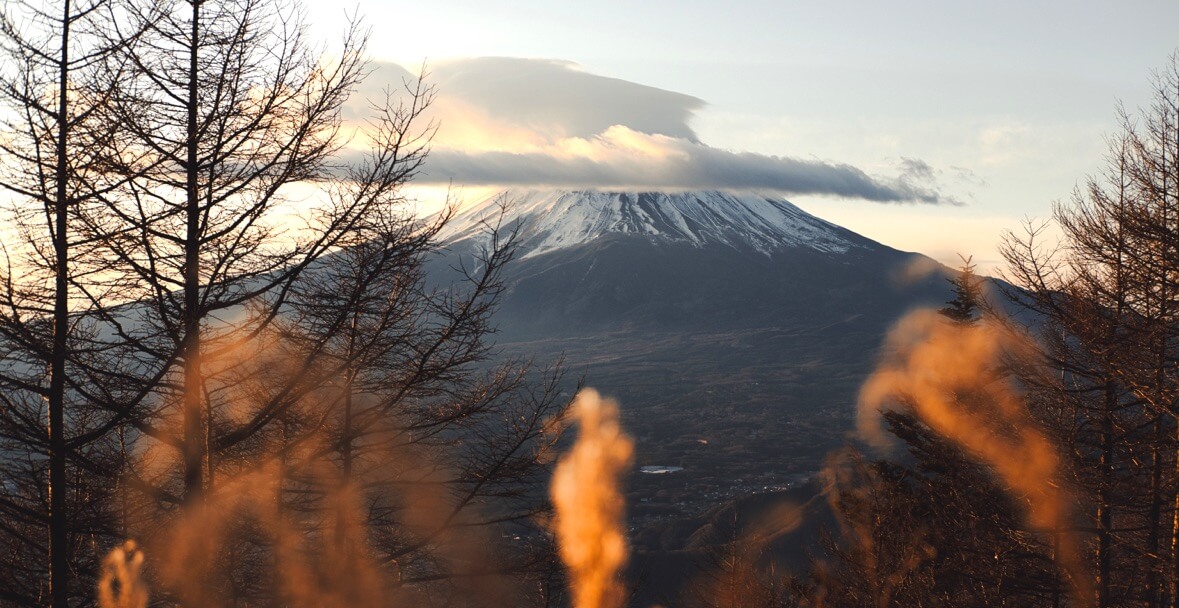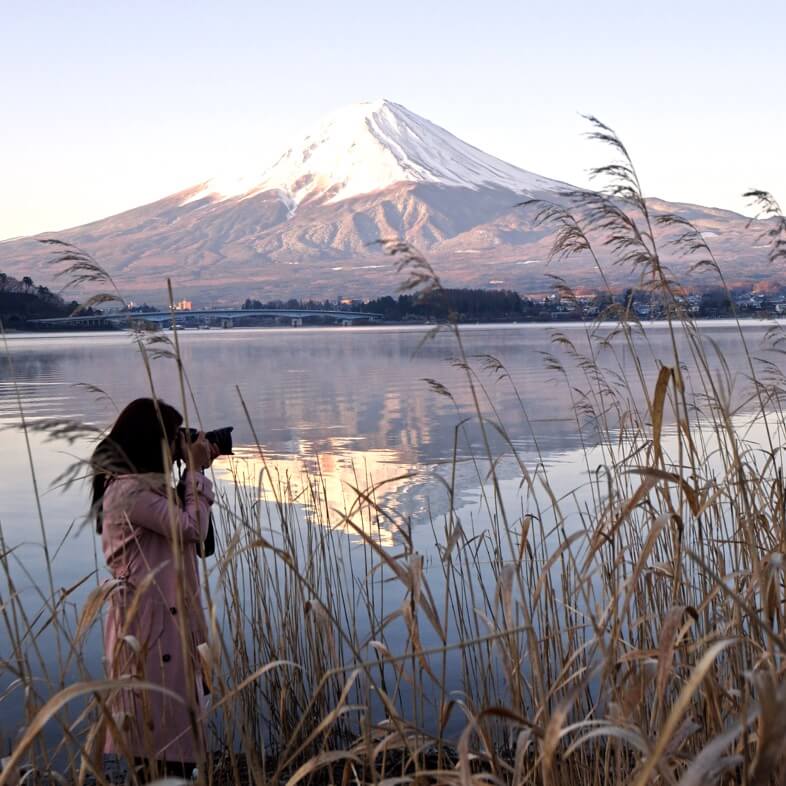
Climbing Mount Fuji can be a challenging but rewarding experience. Here are some steps you can follow to prepare for a climb up the mountain:
Choose the right season: The best time to climb Mount Fuji is from July to September, when the weather is generally mild and the trails are open. Avoid climbing the mountain during the winter months, as the weather can be extremely cold and the trails may be covered in snow and ice.
Get in shape: Climbing Mount Fuji is a physically demanding activity, so it’s important to be in good physical shape before attempting it. Consider training by going for regular hikes or walks, and building up your endurance and strength.
Purchase necessary gear: Make sure you have the proper gear for your climb, including sturdy hiking boots, warm clothing, a raincoat or poncho, and plenty of water and snacks.
Choose your route: There are four main routes to the summit of Mount Fuji, each of which has its own level of difficulty. Choose a route that is appropriate for your skill level and fitness level.
Plan your trip: Make sure you have a detailed plan in place for your climb, including transportation to and from the mountain, accommodation, and any necessary permits or fees.
Stay safe: Always follow the rules and regulations set by the authorities, and be prepared for unexpected weather changes. Make sure you are well-rested, hydrated, and nourished before starting your climb, and consider hiring a guide if you are inexperienced or uncertain about the route.


When the wind blows across a mountain, it is forced to rise and cool, forming clouds. If the wind is strong and steady, it can cause the clouds to take on a lens-shaped appearance. These clouds can be quite striking, and seeing one around the peak of Mount Fuji would have been a memorable sight.

